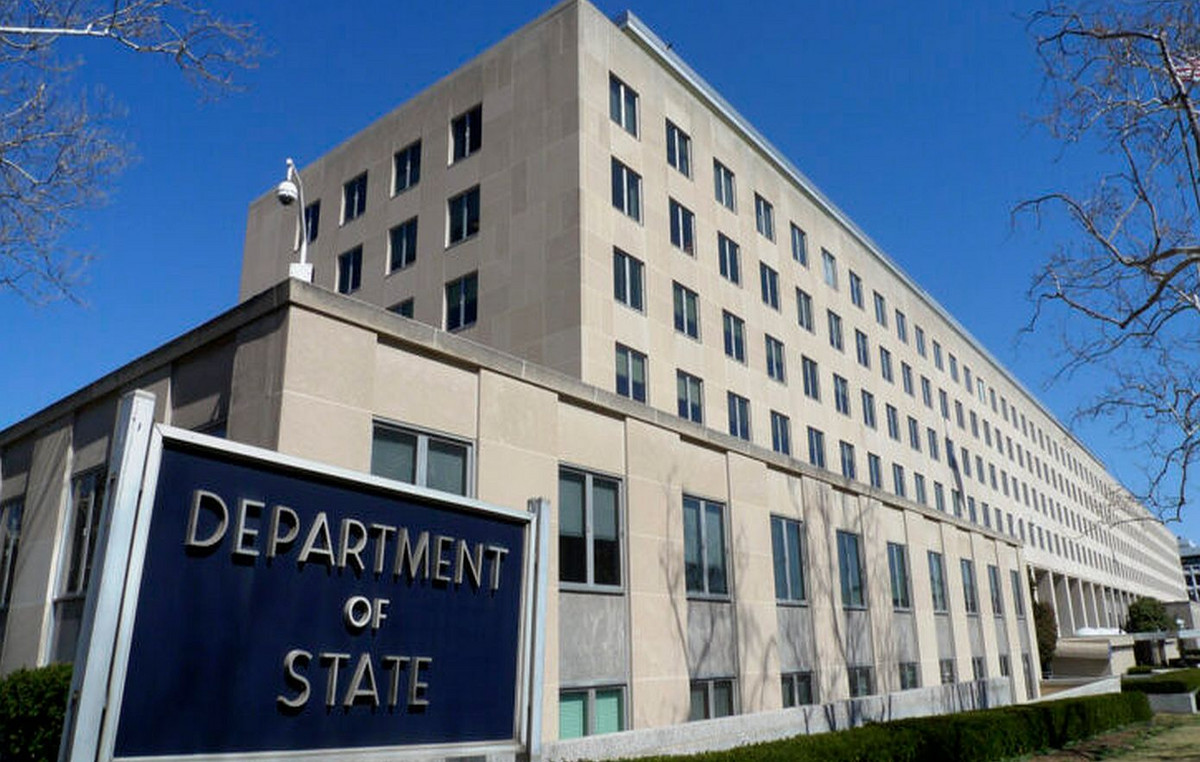Brazil reached 987 deaths from dengue this year, according to a bulletin released this Monday (26) by the Ministry of Health. The number is the new annual record of deaths from the disease, surpassing the previous highest level, of 986 deaths, recorded in 2015.
Since the 1980s, when dengue resurged in the country, not so many deaths have been recorded in a single year.
As the survey considered the cases registered up to the last 17th and there are still 100 deaths under investigation, the country may still close the year 2022 with more than a thousand deaths from dengue.
Total deaths from dengue in Brazil
- 2008: 561
- 2009: 341
- 2010: 656
- 2011: 482
- 2012: 327
- 2013: 674
- 2014: 475
- 2015: 986
- 2016: 701
- 2017: 185
- 2018: 201
- 2019: 840
- 2020: 574
- 2021: 246
- 2022: 978
Deaths this year already exceed by more than 400% those recorded throughout 2021, when there were 244 deaths.
The State of São Paulo remains ahead in the number of deaths, with 278 registered deaths, followed by Goiás, with 154.
The five states with the most dengue deaths in 2022
- Sao Paulo : 278
- Goiás: 154
- Paraná: 108
- Santa Catarina: 88
- Rio Grande do Sul: 66
As evidence that the Aedes aegypti mosquito, which transmits the disease, is adapting to colder climates, the states of the Southern Region appear next, completing the list of the five with the highest number of deaths: Paraná (108), Santa Catarina ( 88) and Rio Grande do Sul (66).
More cases of dengue
The number of probable cases of dengue reached 1,414,797, with an incidence rate of 663.2 per 100,000 inhabitants. There was an increase of 163.8% compared to cases in the same period of 2021. The Midwest region had the highest incidence so far, with 2,028.4 per 100,000 inhabitants. The Brazilian municipality with the most records is Araraquara, in the interior of São Paulo, with 8,716.1 cases per 100,000 residents. In absolute numbers, Brasilia leads with 68,654.
little prevention
For infectologist Alexandre Naime Barbosa, vice president of the Brazilian Society of Infectology (SBI), the numbers indicate that there was carelessness with the prevention of the disease. “We haven’t even finished the count yet, as there are dammed data and 100 deaths under investigation, and we’ve already broken the historical record for deaths from dengue in one year. We also surpassed 1.4 million cases. It is certainly the worst year for dengue in all aspects and this did not happen by chance. There was a lack of action by the federal government in prevention, ”he said.
The low number of cases last year, according to him, may have contributed to the population relaxing in basic care, such as eliminating breeding sites for Aedes aegypti, the transmitting mosquito.
“Dengue is a continuous fight, it is necessary to show that the disease kills and this is done with campaigns. In April of this year, we at the Brazilian Society of Infectious Diseases issued the first warning of the large number of deaths and the need to resume campaigns. It was not for lack of warning.”
According to him, the climatic condition also contributed to the increase in transmission.
“We are experiencing a rainier year due to the La Nina phenomenon and the Aedes aegypti mosquito needs water and heat to reproduce. Another issue is that, due to global warming, the mosquito is expanding its borders, reproducing where it did not appear before. It is no wonder that we have a large number of cases and deaths in the states of the Southern Region.”
more chikungunya
The infectologist drew attention to the increase in cases and deaths from chikungunya, a disease also transmitted by mosquitoes. “This indicates that the Aedes was free and free to reproduce due to the lack of a more effective control action.”
Until December 17, 93 deaths from chikungunya were confirmed in Brazil, almost seven times more than the 14 deaths in the whole year of 2021. The country has already registered 172,082 probable cases, 78% more than in the same period of 2021.
The Ministry of Health reported that it constantly monitors the epidemiological situation of dengue and other arboviruses in Brazil.
The folder highlighted that it invests in actions to combat the mosquito permanently, such as the promotion of campaigns that help guide the population on disease prevention, distribution of insecticides and larvicides to states and municipalities, as well as periodic meetings with managers to assess the national scene and combat strategies.
With summer, prevention of Aedes aegypti must be reinforced
The transmission of diseases such as dengue, Zika and chikungunya gains momentum in the summer period, which began on Wednesday (21). The combination of heat and rain provides the ideal environment for mosquito proliferation. Aedes aegyptitransmitter of disease.
Insect eggs can remain in dry environments for over a year. When they come into contact with water, they continue the mosquito’s life cycle, which includes the stages of larva, pupa and adult, when it is able to fly and transmit viruses.
From egg to adult, the developmental cycle of the Aedes aegypti takes seven to ten days. Therefore, weekly intervention can interrupt this process and significantly reduce the incidence of diseases.
“Each female can lay up to 1,500 eggs, so it’s important to look at the house with ‘mosquito eyes’, looking for any and all places that accumulate water and can be used for vector reproduction,” says Denise Valle, a researcher at the Oswaldo Cruz Institute (IOC/Fiocruz).
Any container that allows stagnant water to collect can become a potential breeding ground for the aedes aegypti🇧🇷 Tires, potted plants, water tanks, refrigerator trays, gutters, gallons, buckets, bottles and rubble are among the main mosquito breeding sites.
Main symptoms of dengue
According to the Ministry of Health, normally, the first manifestation of dengue is a high fever, above 38°C, with an abrupt onset, which usually lasts from 2 to 7 days, accompanied by headache, body and joint pain. , in addition to prostration, weakness, pain behind the eyes and red spots on the skin.
The main symptoms of dengue are:
- High fever, greater than 38°C;
- pain in the body and joints;
- pain behind the eyes;
- malaise;
- lack of appetite;
- headache;
- red spots on the body.
However, dengue infection can be asymptomatic, present a mild condition or alarm and severity signs. The diagnosis of dengue can be made by clinical examination and confirmed by blood test.
(With information from Bianca Camargo and Lucas Rocha, from CNN, and from Estadão Escolha)
Source: CNN Brasil
I am an experienced journalist and writer with a career in the news industry. My focus is on covering Top News stories for World Stock Market, where I provide comprehensive analysis and commentary on markets around the world. I have expertise in writing both long-form articles and shorter pieces that deliver timely, relevant updates to readers.







